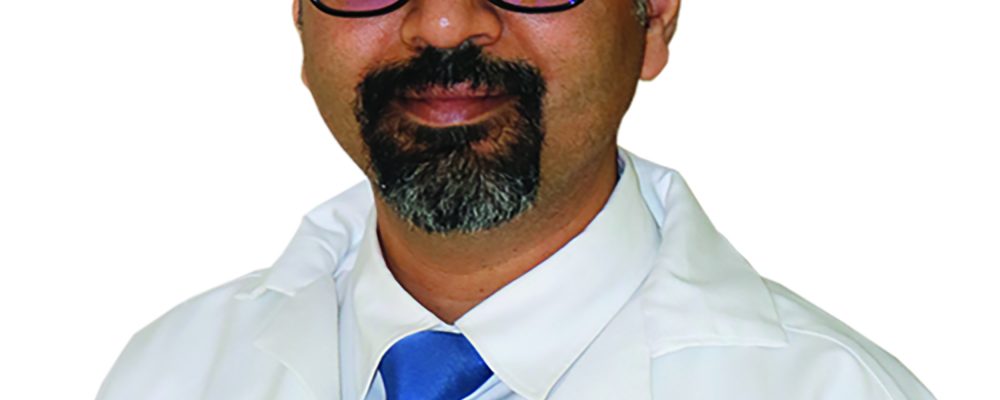Apollo Hospitals announced that one of its patients is the longest-living person to have received pioneering heart
surgery. The old man underwent an operation a few years ago to replace an aortic valve.
Aortic stenosis is a condition where the aortic valve does not open and close properly, which can result in breathlessness, chest pain, dizziness and heart failure. Aortic valve stenosis disease is associated with age. It affects 5 percent of the population at 60 years and the percentage reaches 10 to 15 percent in those up to
75 years of age. So, this is the disease of the elderly population. Without an aortic valve replacement (AVR), as many as 50 percent of patients with severe AS will not survive more than an average of two years after the onset of symptoms. It is therefore, imperative that this illness is diagnosed and treated very fast.
According to Apollo Hospitals, its cardiac surgery team performed Transcatheter Aortic Valve Implantation (TAVI) surgery on the patient named xxx when he was xxx. TAVI stands for trans catheter aortic valve implantation. It is the most advanced and minimally invasive procedure that treats severe aortic valve disease. It can be
performed without general anaesthesia.
“Compared to the existing procedures which in most case is an open-heart surgery and requires longer hospitalization and recovery time, TAVI is preferred. While an open-heart surgery offers 97 percent success, TAVI offers 99 percent success. Also, individuals who are too old or who have other medical problems, open heart surgery
may be considered too risky. TAVI is therefore the most preferred medical procedure for such groups of patients,” said Dr. Rahul Gupta, Senior Consultant Cardiologist of Apollo Hospitals in Navi Mumbai
Globally, over 50000 TAVI procedures have been performed. TAVI allows an aortic valve to be implanted using a long narrow tube called a catheter. The doctor uses advanced imaging techniques to guide the catheter through the blood vessels, to the heart and into the aortic valve. Once it’s precisely positioned, a balloon is expanded
to press the replacement valve into place in the native aortic valve. Some valves can expand without the use of a balloon. When the doctor is certain the valve is securely in place, the catheter is withdrawn from the blood vessel. TAVI in general is a safe procedure and is the future for the elderly.




